views
#HighHeels #FashionFacts #ShoeTrivia #StyleTips #HeelsHistory #FashionLovers #FootwearFacts
1. Not Just for Women
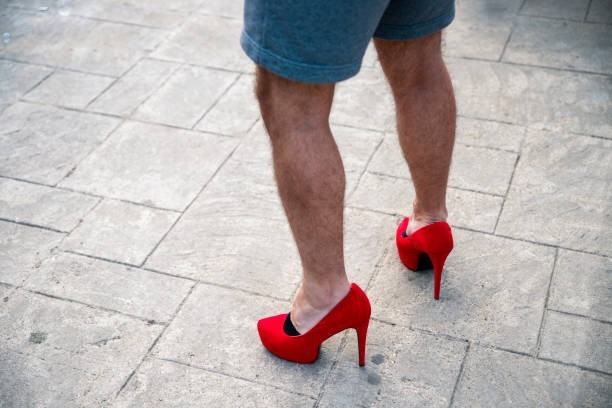
High heels were originally worn by men, especially in the 10th century by Persian soldiers for stability in stirrups.
2. A Royal Trendsetter

King Louis XIV of France made red heels a status symbol in the 1600s.
3. Power and Status Symbol

In early history, high heels signified wealth and social standing.
4. Stilettos Came Later
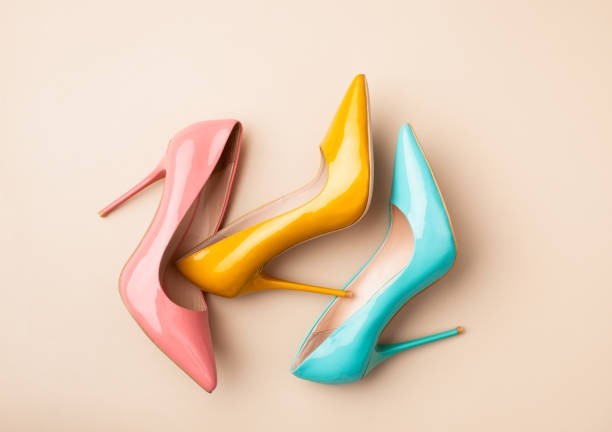
The stiletto heel design emerged in the 1950s with advances in steel manufacturing.
5. Record-Breaking Heights

The tallest wearable high heels ever made measured over 20 inches!
6. Heels in Hollywood
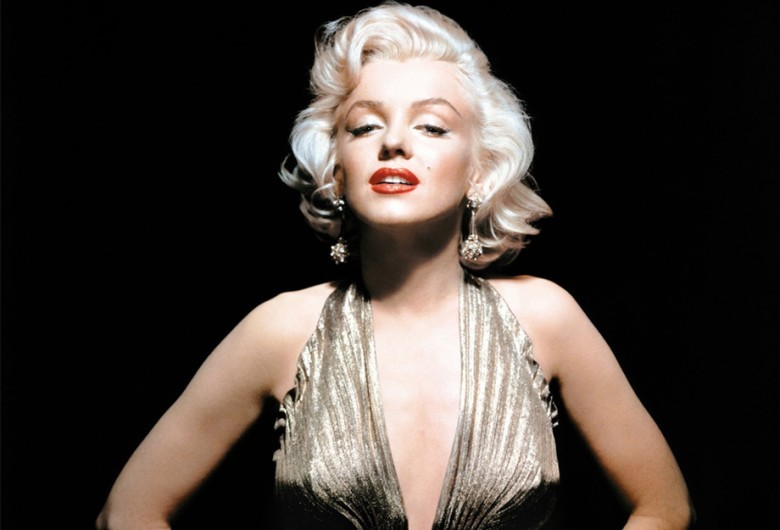
Marilyn Monroe famously claimed she could walk better in heels than flats.
7. They Can Affect Your Posture

Heels shift your weight forward, altering the way you stand and walk.
8. Variety of Styles
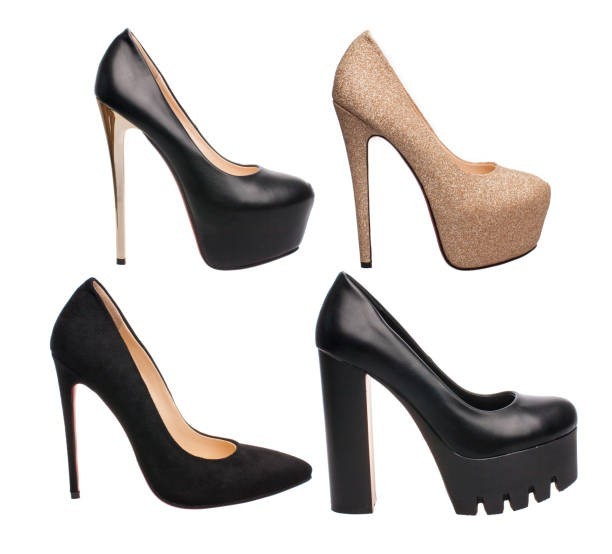
From kitten heels to platforms, the heel shape and height dramatically change the look and feel.
9. Pop Culture Icon
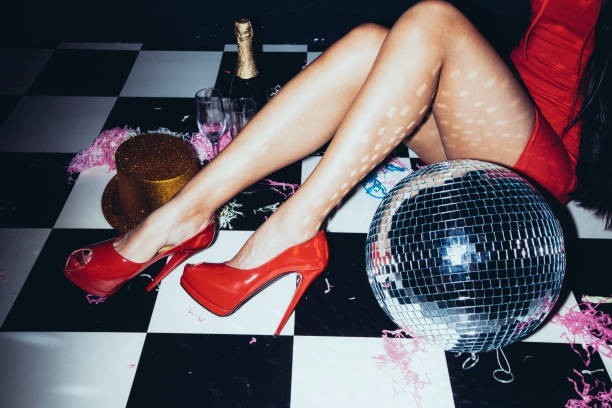
High heels appear in countless songs, movies, and runway shows as a symbol of glamour.
10. Still Evolving

Designers continue to experiment with materials, shapes, and even 3D-printed heels.
High heels are more than just a fashion accessory; they are a fascinating blend of history, design, and cultural symbolism. While today they’re often associated with femininity and style, their origins tell a very different story. In the 10th century, Persian cavalry soldiers wore heels to keep their feet secure in stirrups during battle. Over time, European aristocracy adopted them, with men and women wearing heels as a sign of wealth and status. King Louis XIV of France was so fond of them that he made red-soled heels a mark of privilege, a concept that has subtly persisted into the modern era.
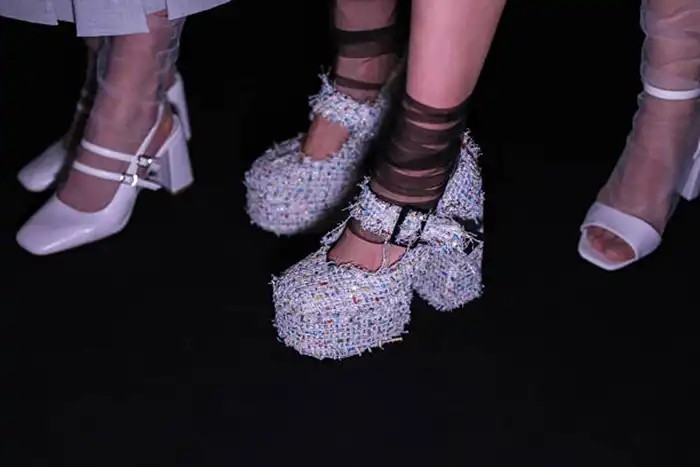
The evolution of heel design has been shaped by technology and fashion trends. The stiletto heel, for example, became possible in the 1950s due to the use of thin steel rods that could support weight without snapping. This opened the door for sleeker, taller, and more daring designs that quickly became staples of glamour. Hollywood’s golden age embraced this look, with icons like Marilyn Monroe and Audrey Hepburn making heels synonymous with sophistication and allure.
Beyond aesthetics, high heels have a physical impact on the wearer. They change posture, elongate the legs, and create a distinctive walk — a factor that fashion photographers and designers often highlight. Yet, wearing them also requires balance and strength, which adds to their mystique as a statement of confidence.
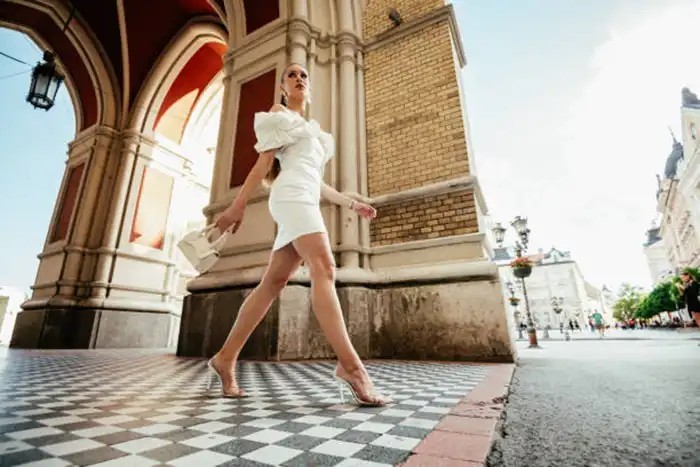
Styles vary widely, from low kitten heels for subtle elegance to towering platforms for bold statements. Cultural interpretations also differ — in some places, they’re considered a sign of empowerment; in others, they’re linked to tradition and formal dress codes. The allure of high heels has inspired artists, songwriters, and filmmakers, making them an enduring pop culture icon. They’re featured in everything from romantic comedies to music videos as a symbol of glamour, transformation, or even rebellion.
In the modern era, high heels continue to evolve. Designers experiment with unusual materials like acrylic, wood, and even 3D-printed components, pushing the boundaries of both comfort and style. Sustainability is also entering the conversation, with some brands creating heels from recycled or ethically sourced materials.

Ultimately, high heels are a unique fusion of art, history, and personal expression. They’ve traveled from the battlefields of ancient Persia to the runways of Paris, adapting to changing tastes while maintaining their aura of elegance and status. Whether worn for confidence, style, or tradition, high heels remain one of fashion’s most captivating and enduring inventions — a perfect example of how footwear can tell a story that spans centuries.




















Comments
0 comment